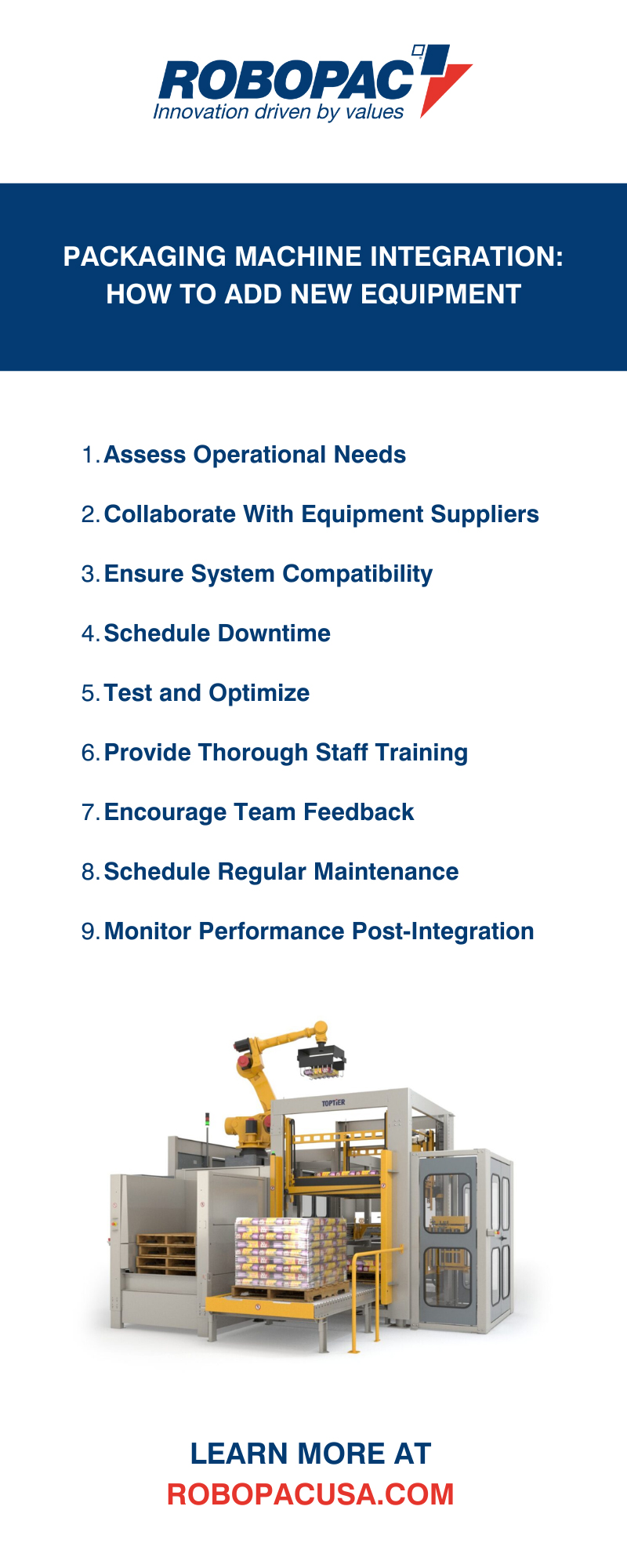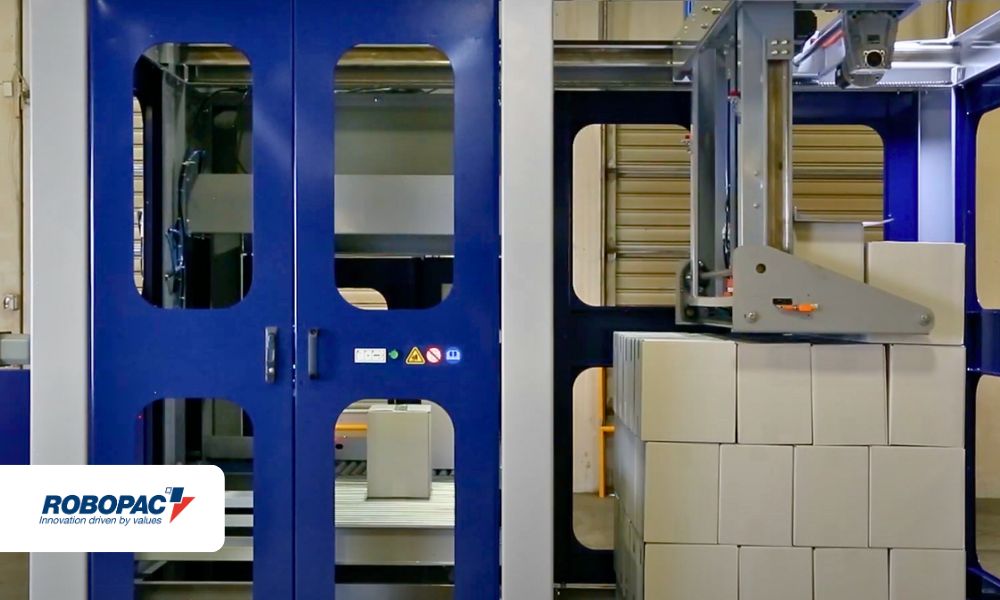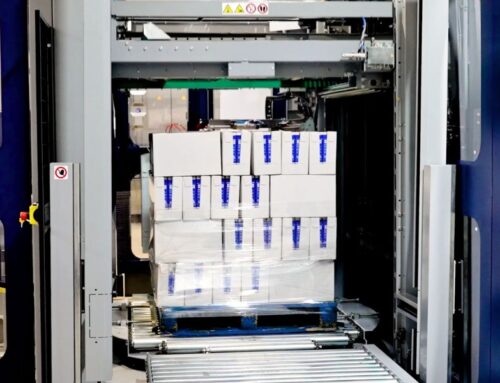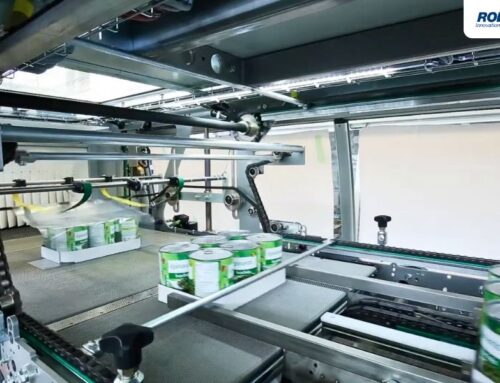Advancements in packaging equipment can improve efficiency, enhance product quality, and reduce operational costs. However, integrating new equipment can pose challenges such as disruptions to workflow, compatibility issues, and the need for extensive employee training. Careful planning and execution make it easier to transition. Learn how to integrate new packaging equipment into your line to leverage the advantages of modern technology.
Assess Operational Needs
Before introducing any new machinery, take a close look at your current setup to identify inefficiencies or bottlenecks. Are you struggling with slow production speeds, inconsistent quality, or excess material waste? Clearly defining your needs will help you select equipment that delivers tangible improvements.
Think of your new machine as a solution, not just an addition. Outline the specific capabilities you’re looking for, such as faster throughput or better resource efficiency.
Collaborate With Equipment Suppliers
Your equipment supplier is a valuable partner in the integration process.
Here are some key areas where they provide support:
- Suppliers offer detailed knowledge of the equipment to ensure proper setup and operation.
- They can tailor the equipment to meet your specific operational requirements.
- Suppliers provide training for your team and ongoing technical assistance to address any issues.
- They outline best practices for maintenance to maximize equipment lifespan and efficiency.
- Quick responses and solutions for problems minimize downtime and keep operations running smoothly.
Don’t hesitate to ask your supplier questions, whether it’s about installation steps or operational details. By leveraging their expertise, you can avoid costly mistakes and gain a clear understanding of how the machine will function within your existing framework.
Ensure System Compatibility
System compatibility is a crucial factor when adding new equipment. Before installation, evaluate how the new machine will work with your current hardware, software, and workflows. Addressing compatibility issues upfront can prevent disruptions and ensure seamless integration.
Take time to review communication protocols and data-sharing needs between equipment. For example, if your operations rely on specific automation software, confirm that the new machine supports it. Compatibility checks eliminate surprises and reduce downtime during integration.
When integrating an automatic palletizing system, verify that it can interface with your existing conveyor system and material handling equipment. Confirm that the system’s software is compatible with your warehouse management or enterprise resource planning software. Ensure the system’s physical layout fits within your facility’s constraints and aligns with your workflow.
Schedule Downtime
Scheduling downtime is a critical step in adding new equipment to a packaging line. Scheduled downtime allows you to install, configure, and test the new machine without disrupting ongoing operations. Without planned downtime, uncoordinated integration efforts could lead to delays, inefficiencies, or safety hazards.
To determine the appropriate amount of downtime needed, consult with the equipment supplier. They can provide detailed installation timelines, which will help you plan around your operational schedule and minimize disruptions.
Tips for Minimal Impact on Productivity
Consider implementing integration during times of lower demand or after regular business hours. Collaborate with your supplier and team to prepare for the downtime by pre-staging equipment. During this time, have all necessary tools and resources available and address potential implementation challenges in advance.
Communicating with key stakeholders ahead of time will align expectations and keep the process on track. Key stakeholders include department leaders, IT personnel, and external vendors involved in the integration process. Clearly communicate the timeline, objectives, and any required actions to prompt resolution of potential issues.
Test and Optimize
Rushing into full-scale operation without testing can lead to costly missteps. Run the new equipment under real production conditions to identify any issues or inefficiencies. Use this phase as an opportunity to fine-tune the machine’s settings for optimal performance.
Focus on the following areas during the testing phase:
- Verify that the equipment meets production speed requirements without compromising quality.
- Ensure the machine operates consistently across various packaging materials.
- Test for compatibility with existing systems and workflows.
- Confirm the accuracy of weight, seal integrity, and labeling processes.
- Assess maintenance accessibility and ease of cleaning for ongoing operations.
If you identify problems during testing, document the issues in detail, including potential causes and affected processes. Communicate the findings to the engineering or technical team promptly for analysis and resolution. You can then implement corrective actions and retest the equipment.
Provide Thorough Staff Training
When introducing new equipment, staff training should focus on proper operation, maintenance procedures, and safety protocols to minimize risks. Educate employees on troubleshooting common issues to maintain productivity and reduce downtime.
Training sessions should happen during implementation and periodically, such as quarterly or bi-annually, to reinforce knowledge. Regular updates are critical when you upgrade equipment or change processes to keep staff proficient and effective.
Encourage Team Feedback
Your team is on the front line of using and maintaining the equipment, so their insights are invaluable. Encourage operators and maintenance staff to share feedback on usability, challenges, and potential improvements. Use the team’s input to identify recurring issues and prioritize adjustments. Then, implement changes and communicate them to the team promptly.
Schedule Regular Maintenance
Regular maintenance is essential to keep the equipment operating correctly and avoid unexpected downtime. Maintenance includes routine inspections, cleaning, lubrication, and replacing worn or damaged components. The frequency of these tasks often depends on the manufacturer’s recommendations, the level of usage, and the operating environment. Consult the equipment manual and track performance metrics to establish a maintenance schedule tailored to your specific needs.
Equipment suppliers can provide valuable insight into common issues, service intervals, and critical spare parts to keep on hand. Establishing a relationship with the supplier ensures you have access to expert advice and technical support when necessary. Keep a stock of essential spare parts, such as belts, filters, and fuses, to allow for quick repairs.
Monitor Performance Post-Integration
Once you fully integrate the equipment, monitoring performance becomes crucial. Compare the machine’s output to your initial goals to see how well it’s delivering on expectations. Track key metrics like production speed, material waste, and product quality.
Tracking Production Speed
Production speed is a key metric for evaluating operational efficiency. Monitor and record the number of units produced in a given time to measure performance. Use automated systems or sensors to track real-time production rates for accuracy. Regularly review this data to identify trends or unexpected slowdowns that require investigation.
Monitoring Material Waste
Material waste directly impacts costs and sustainability efforts. Keep records of raw material usage and compare it to the volume of finished products to identify inefficiencies. Implement waste-reduction programs, such as optimizing processes or recycling materials when possible. Analyzing waste data regularly highlights areas for improvement and promotes better resource management.
Ensuring Product Quality
Product quality is a critical indicator of customer satisfaction and brand reputation. Regular quality checks during production help you identify defects quickly, minimizing their impact. Employ standardized testing procedures to improve consistency across units. Maintaining detailed records of quality assessments also allows you to uncover recurring issues.
Adopting advanced machinery requires evaluating current workflows and selecting equipment that meets specific goals. Partnering with suppliers, addressing compatibility, and planning downtime ensure a smooth implementation process. Long-term success depends on consistent maintenance, performance monitoring, and responding to team feedback. By following these steps, your company can achieve faster production, reduced inefficiencies, and consistent quality standards.








